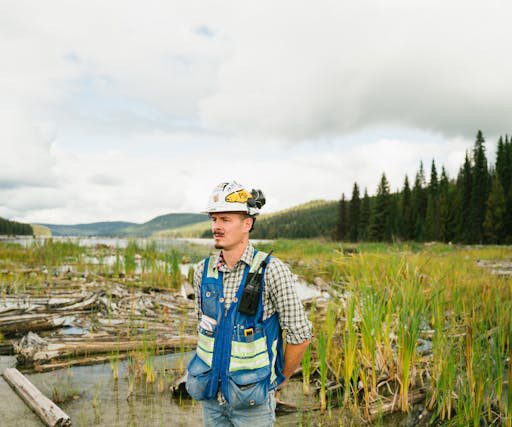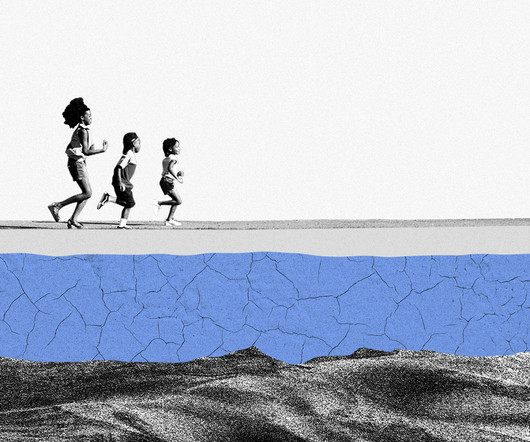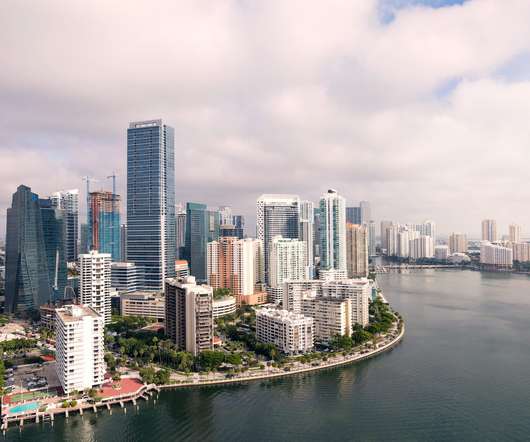Exploring the Field of Environ Engineering: Safeguarding Our Planet for Future Generations
The Environmental Blog
MAY 29, 2024
Soil and Groundwater Remediation : Contaminated sites pose significant risks to ecosystems and human health. Environmental engineers use various techniques to remediate polluted soil and groundwater. Physical and chemical methods, such as soil washing and in-situ chemical oxidation, are also employed.
















Let's personalize your content